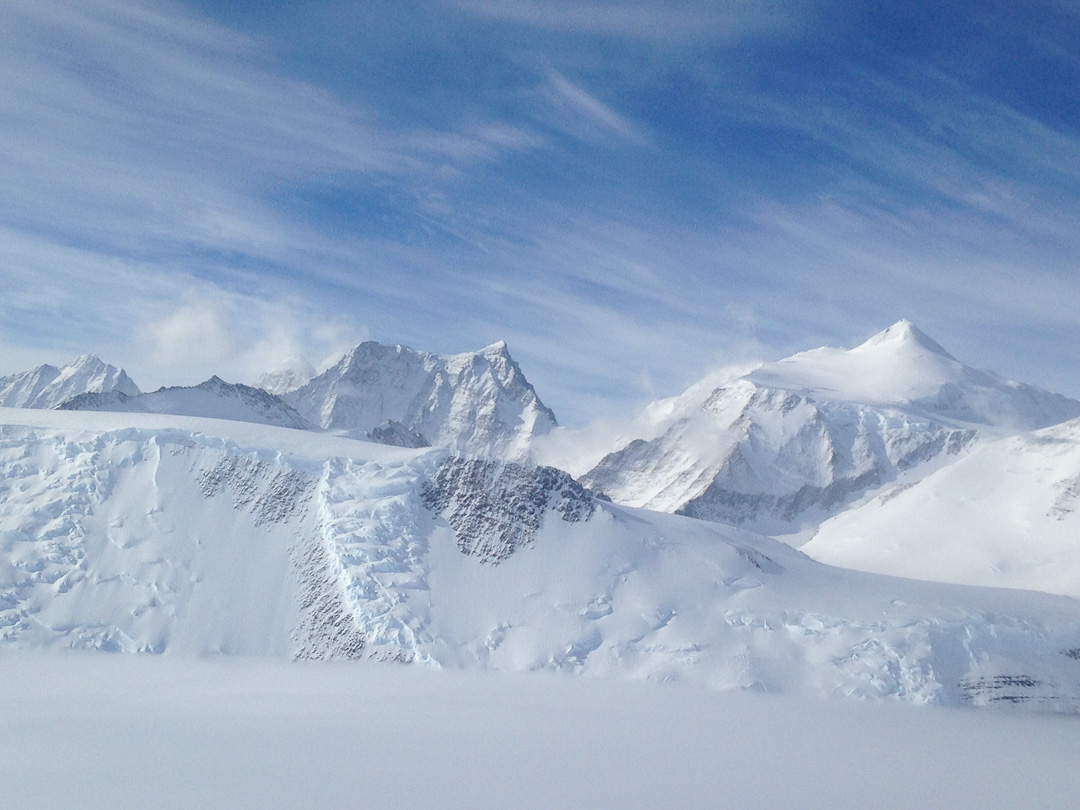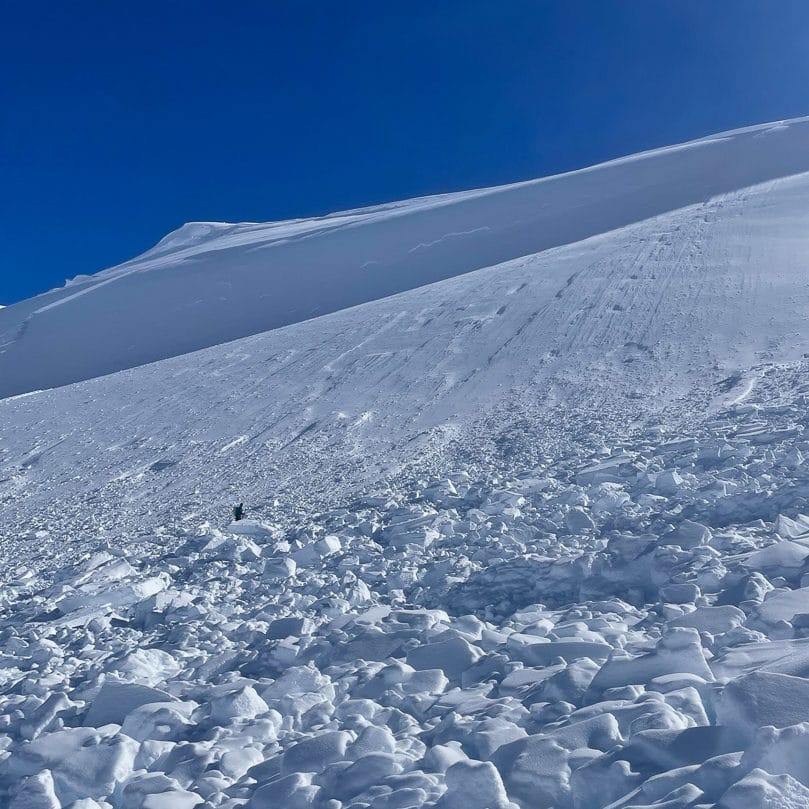A seasoned mountain guide reflects on the vagaries of the Antarctic snowpack.
The Ilyushin II-76’s engines roar, blast through my cheap and useless earplugs, and echo through my head. The flight heads south from Punta Arenas, Chile, towards Antarctica. An exotic destination to be sure, but instead of excitement, I can only muster up a kind of resigned complacency. Off to ice jail—again.
Since 2012, I have spent a part of most winters “down south,” working primarily as a mountain guide on Mt. Vinson, the highest peak on the continent. Much to the disappointment of family, girlfriends, and quite often, myself, this means two months away from home and missing Christmas, not to mention leaving town just as the skiing starts to get good. With the noise of the engines rattling between my ears, one question lingers: Why?

The easy answer is the people: an international group of misfits working together in tough conditions to make a seriously complex operation function…just barely. Tied up in all of this, though, is the Antarctic environment: midnight sun, icecaps stretching out to forever, and a sense of isolation you can’t find anywhere else on earth. Early travelers were driven by a desire to find adventure through enduring the most rugged climate on the planet, but these days we cater to an increasingly soft and wealthy clientele. The company tries hard to sanitize the experience with heated tents, luxury food, and canned “excursions,” but the landscape refuses to be tamed, a constant reminder that at the end of the day, we’re all tourists down here. Windstorms destroy camps, bad visibility creates delays that occasionally stretch for weeks, and frostbite is quite common amongst the unprepared climbers who flock to Mt. Vinson.
Living here, it’s hard to escape the snow. You sleep in it, drink it, and spend much of your time shoveling just to keep everything on top. Not a bad situation for someone who likes to think about snow. Full immersion.





